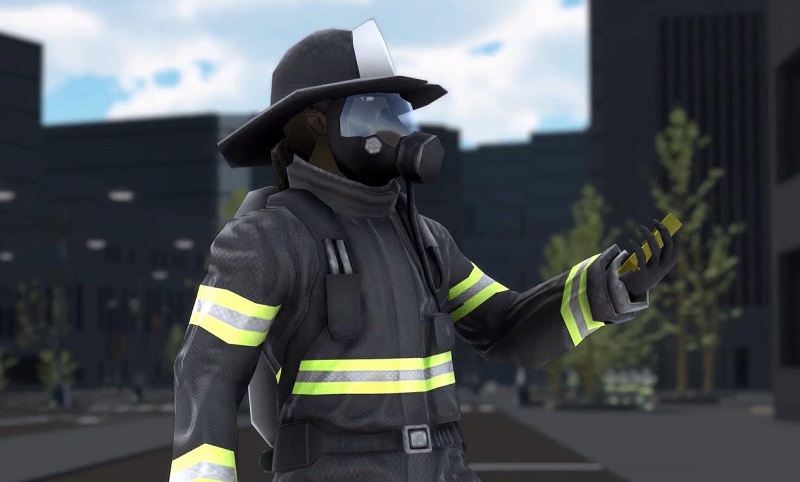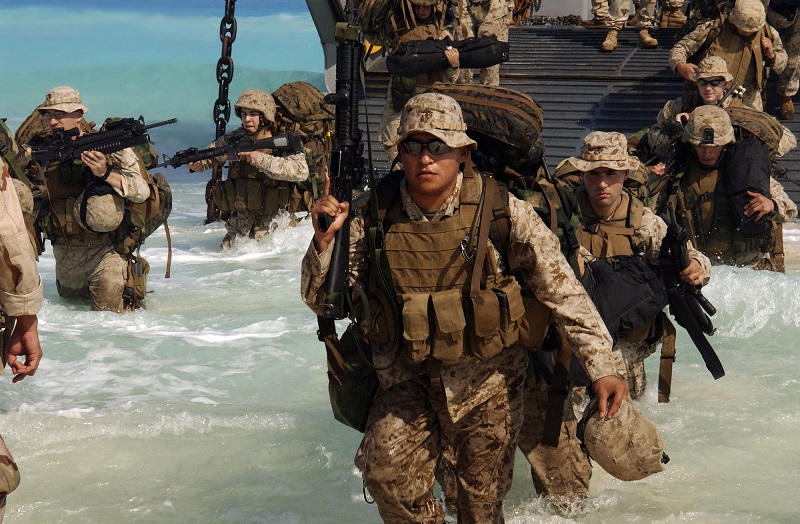A radiological dispersal device (RDD), or “dirty bomb,” detonation in a local jurisdiction will have significant consequences for public safety, responder health and critical infrastructure operations. First responders and emergency managers must quickly assess the hazard, issue protective action recommendations, triage and treat the injured, and secure the scene in support of the individuals, families and businesses in the impacted community. This is why, in 2017, the Department of Homeland Security (DHS) Science and Technology Directorate (S&T) National Urban Security Technology Laboratory (NUSTL), in partnership with the Federal Emergency Management Agency (FEMA) and the Department of Energy (DOE) National Nuclear Security Administration (NNSA) published guidance for first responders and emergency managers on how to plan for the first minutes of an RDD detonation response.
The Radiological Dispersal Device Response Guidance Planning for the First 100 Minutes is the result of years of scientific research and experimentation conducted by DOE laboratories – Brookhaven National Laboratory (BNL) and Sandia National Laboratories – coupled with S&T NUSTL’s direct conversations with first responders about operationalizing and documenting the scientific recommendations. The Guidance includes five missions and ten tactics to address initial response efforts. It is intended to be engaging and easy to use, allowing communities to plug in their specific assets, agencies and response protocols.
“The Guidance provides emergency planners and first responders across the nation with a playbook of best practices to start from in planning for a RDD detonation response,” said Ben Stevenson, program manager at S&T NUSTL.
Now that the Guidance is published, S&T’s NUSTL is leading efforts to make it accessible to the responder communities who will need to incorporate it into their planning efforts and to state and federal partners that will support the response.
Source: DHS S&T









